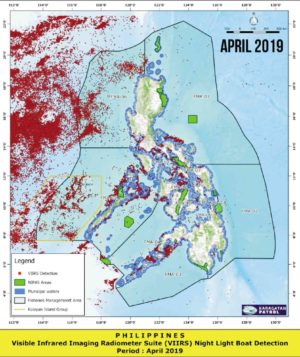TOKYO — The infrastructure ministry will send Japanese engineers to Southeast Asian countries in a bid to increase the number of foreign construction workers with specified skills needed to qualify for the new resident status.
The ministry aims to increase the number of people who can pass the skills qualifications test by having engineers teach Japanese construction methods as a path to alleviating growing labor shortages in the construction industry.
The Land, Infrastructure, Transport and Tourism Ministry will send engineers with experience in supervising construction sites in Japan to Vietnam in October. For about four months, classes will be held at five schools, including a local construction university, on vocations such as formwork construction, plastering and reinforced steel construction.
The ministry will sign a memorandum of understanding with Vietnamese authorities for the dispatch of instructors. The Japan Association for Construction Human Resources, a general incorporated association comprising mainly construction companies, will dispatch the personnel. Details will be decided by October, including how many instructors will be dispatched and how to cover costs.
In the construction industry, a specified skills test is scheduled for February. Students will complete their curriculum before taking the exam. The ministry plans to expand destinations for instructors to the Philippines, Indonesia and other countries.
Compared with earthquake-prone Japan, construction methods in Southeast Asian countries sometimes differ in the number of reinforcing bars needed for buildings and the way the stages are built. They will learn Japanese construction methods and procedures before coming to Japan, in order to enter the construction workforce smoothly.
The construction industry plans to accept up to 40,000 foreign workers with specified skills over the next five years starting this fiscal year. About 3,000 such workers are expected to come to Japan this fiscal year, of which about 200 are expected to pass the exam.


